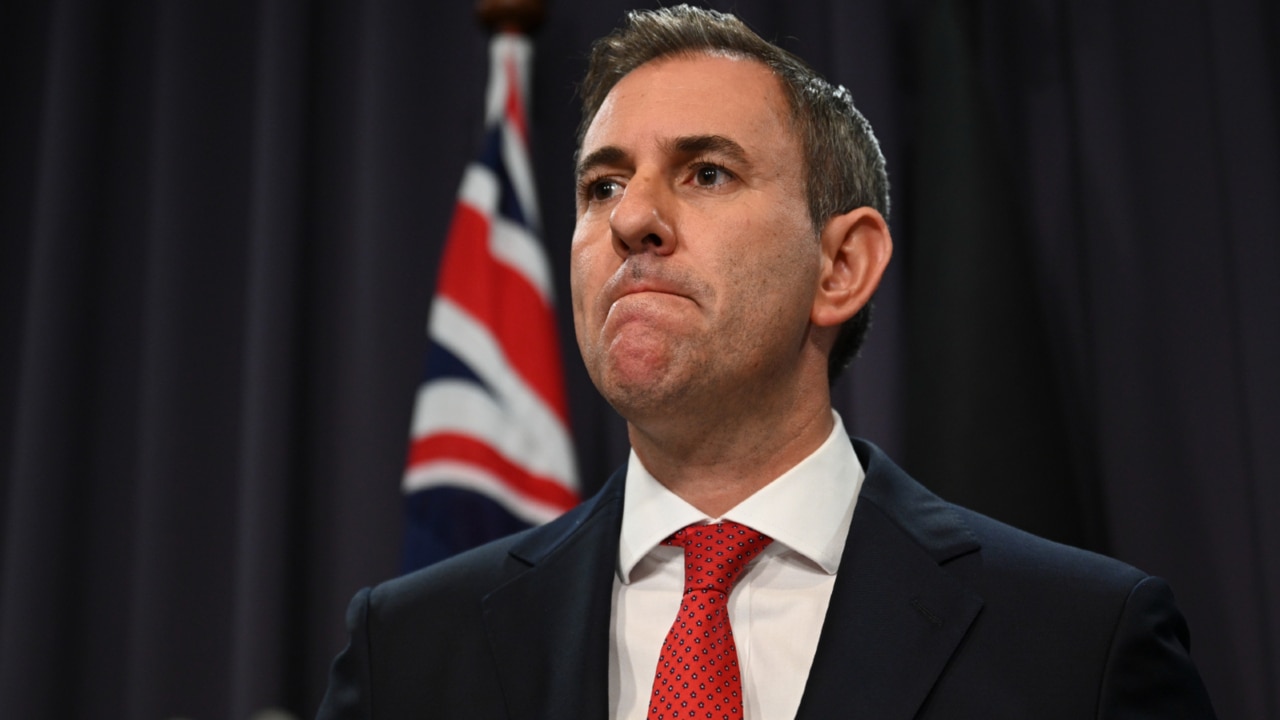Are sharemarkets getting back on track or will the trouble continue
BoJ deputy governor Shinichi Uchida has offered a sense of stability, saying that it won’t press ahead with rate hikes while markets are extremely volatile.

It was a testing few days but markets are getting back on track after a rapid repricing of risk.
Bank of Japan deputy governor Shinichi Uchida brought further stability to risk assets on Wednesday, saying that the BoJ won’t press ahead with rate hikes while markets are “extremely volatile”.
“I believe that the bank needs to maintain monetary easing with the current policy interest rate for the time being, with developments in financial and capital markets at home and abroad being extremely volatile,” Uchida san said in a speech in Japan, according to Bloomberg.

“In contrast to the process of policy interest rate hikes in Europe and the US, Japan’s economy is not in a situation where the bank may fall behind the curve if it does not raise the policy interest rate at a certain pace.
“Therefore, the bank will not raise its policy interest rate when financial and capital markets are unstable.”
As far as central bank communications go, it doesn’t get much clearer than that.
Japan’s Nikkei 225 stock index jumped 4.5 per cent as the US dollar yen rose 2.3 per cent to JPY147.50.
Even as the US dollar rebounded, the fall in the yen and improving risk appetite lifted the Aussie dollar 0.7 per cent to US65.60. In the same way that US dollar yen bottomed at a seven-month low of JPY141.68, AUD/USD seemed to form a durable low at $US63.48 during Monday’s “flash crash”.
With Uchida fuelling the rebound in Japanese stocks, S&P 500 futures rose 1 per cent and Australia’s S&P/ASX 200 stock index rose 0.7 per cent to 7735. Bond yield rose as safe-haven demand abated.
Of course this verbal “dovish pivot” from the BoJ was somewhat anticipated on Tuesday. However, it looks to have ended the bear market in Japanese stocks and US correction for now.
The Nikkei 225 had soared 10 per cent on Tuesday as investors expected the BoJ to back down after the Japanese benchmark dived 12.4 per cent on Monday amid a vicious unwind of yen “carry trades”.
After soaring 38 per cent since November to a record 42,426.7 points, the Nikkei dived 26 per cent in under four weeks, culminating in a 12.4 per cent fall on Monday, the worst since the 1987 Crash. It came as the US dollar yen dived about 12 per cent from a four-decade high of JPY161.95.
The S&P 500 fell almost 10 per cent in under three weeks, almost meeting the definition of a “correction”. Such falls normally aren’t exceeded without a “growth scare” or outright recession.
Australia’s S&P/ASX 200 fell as much as 6.4 per cent from a record high of 8148.7 last week to a two-month low of 7628.1 on Monday, and that may be it unless the US economy does actually crack.
The unwinding of carry trades was partly due to a bigger-than-expected BoJ rate hike last week.
But more importantly, it was due to the brief flurry of US recession fears that were sparked by disappointing US ISM manufacturing and non-farm payrolls data last week.
Those fears were largely allayed by stronger-than-expected US ISM Services data on Monday. And on Tuesday the Atlanta Fed raised its US GDP “nowcast” up to 2.9 per cent annualised from 2.5 per cent a week ago.
The US economy is still running well above its long-term trend of about 1.7 per cent.
Thus the US recession fears that surfaced last week now look quite premature.
But JP Morgan said the recent “carry trade unwind” that magnified the global sell-off in recent days had further to go. “We are not done by any stretch,” Arindam Sandilya, co-head of global FX strategy, told Bloomberg TV.
“The carry trade unwind, at least within the speculative investing community, is somewhere between 50-60 per cent complete.”
Motivated by the extreme divergence in interest rate policies between Japan and the West after the pandemic, and more recently the US tech boom, investors globally borrowed cheaply in Japan and invested for higher returns overseas.
It worked well until the BoJ started protesting yen weakness.
The most important reassuring point for now is that the US growth outlook remains intact.
But if the BoJ’s backdown on rate hikes halted one part of the upward pressure on the yen that forced carry trades to capitulate, what happens to the yen when the Fed starts to cut rates?
Renewed upward pressure on the yen for any reason could hurt those yen carry trades.
No doubt policy makers would prefer to see an orderly unwind rather than more of Monday’s chaos.
Fed chair Jerome Powell will likely steer US interest rate expectations at the annual Jackson Hole Economic Policy Symposium on August 22-24.
The Fed primarily sets rates for the US economy.
But if yen carry trades now pose a systemic risk, a 50 basis point rate cut may not be a good way to start – it could trigger a rapid rise in the Japanese yen that undermines the carry trades.
The worst scenario would be a hard landing that not only hurts asset markets where yen carry trades have been deployed but also forces the Fed to do large-scale interest rate cuts that slam the US dollar yen rate, forcing a disorderly unwind of yen carry trades.
That was a significant factor worsening the global financial crisis as dollar yen fell about 30 per cent.
Originally published as Are sharemarkets getting back on track or will the trouble continue



